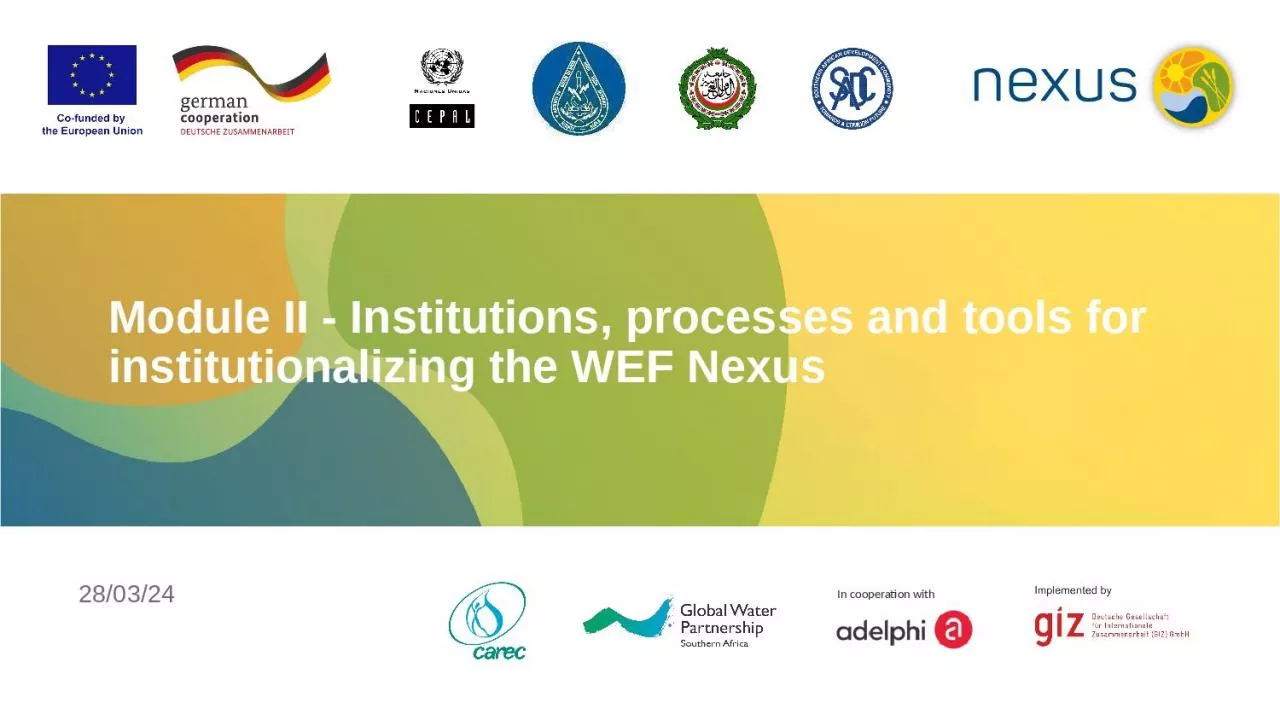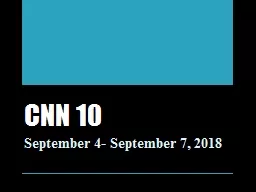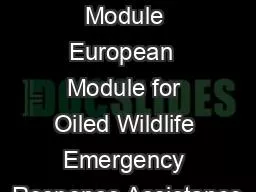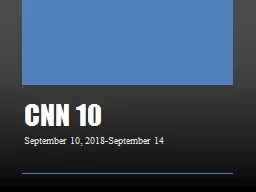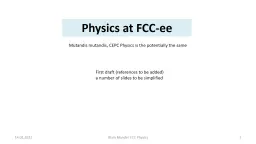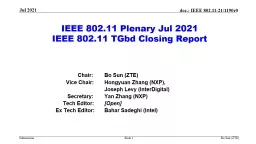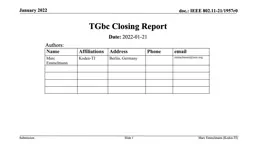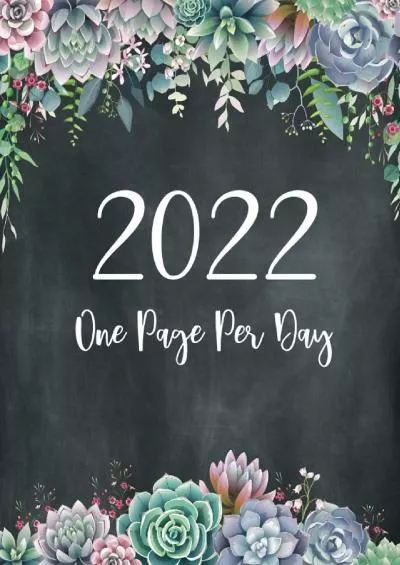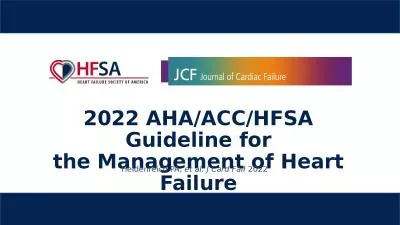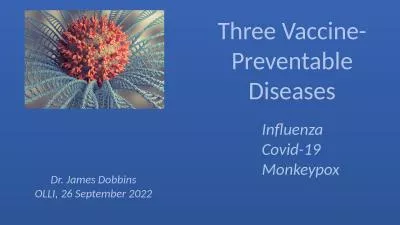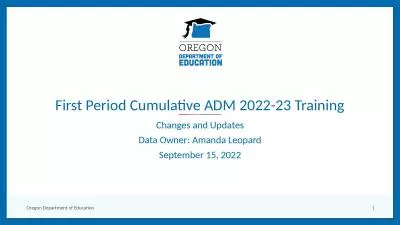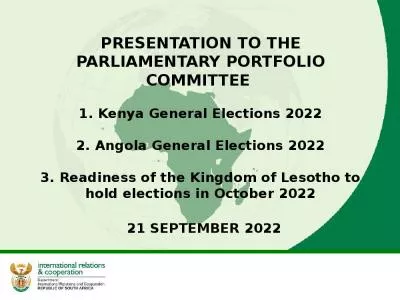PPT-21 September 2022 Module II -
Author : bery | Published Date : 2023-07-22
Institutions processes and tools for institutionalizing the WEF Nexus In cooperation with Lets get back to Ms Sinclair Chapter 21 Assessing the Nexus Assessment
Presentation Embed Code
Download Presentation
Download Presentation The PPT/PDF document "21 September 2022 Module II -" is the property of its rightful owner. Permission is granted to download and print the materials on this website for personal, non-commercial use only, and to display it on your personal computer provided you do not modify the materials and that you retain all copyright notices contained in the materials. By downloading content from our website, you accept the terms of this agreement.
21 September 2022 Module II -: Transcript
Download Rules Of Document
"21 September 2022 Module II -"The content belongs to its owner. You may download and print it for personal use, without modification, and keep all copyright notices. By downloading, you agree to these terms.
Related Documents

